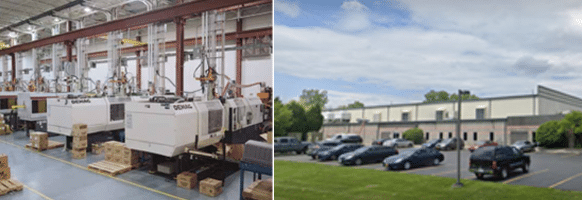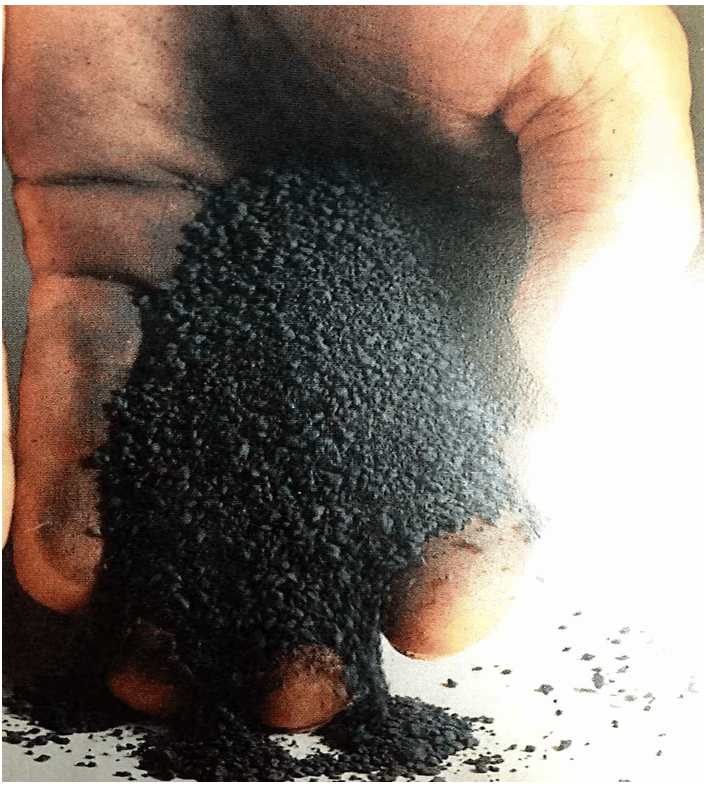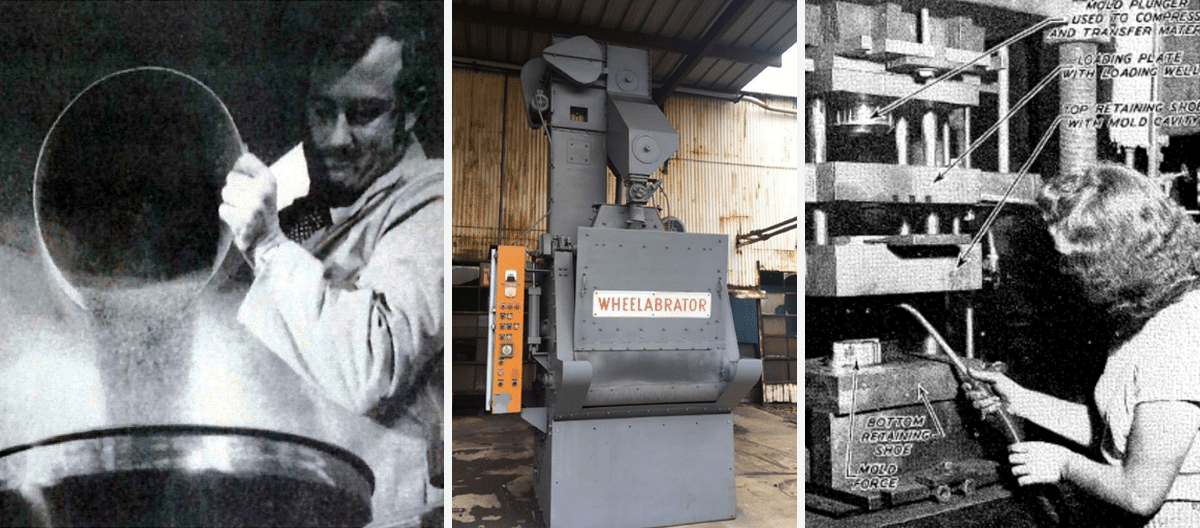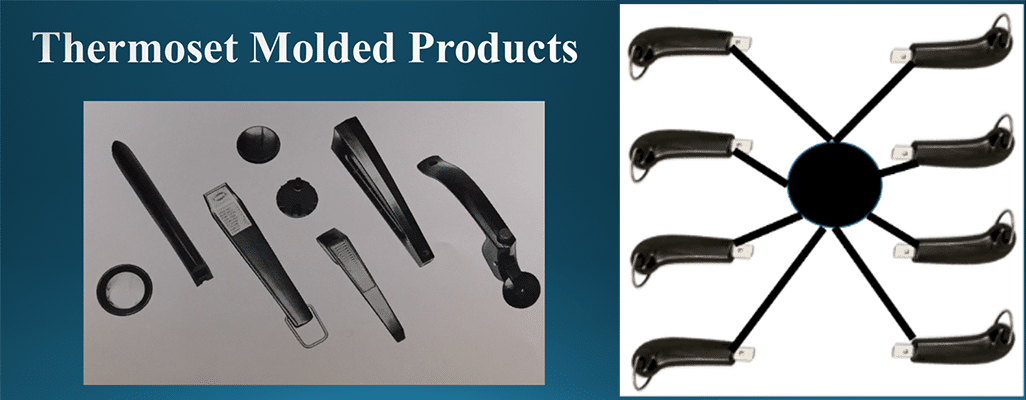Contact us for a free consultation
We hope that you will never be diagnosed with mesothelioma, lung cancer, or suffer a catastrophic injury, but if you are, contact us at Lipsitz, Ponterio & Comerford so we can begin the fight.
Call Today: 866-238-1452 or fill out the online form.


 Molders were also exposed to asbestos dust and fibers while pressing preformed molded compounds into plastic parts. After the molding compound was pressed and had time to harden and cure, molders removed the newly formed pieces and placed them in a tray or barrel, which was then sent to the finishing department. Before the next batch of plastic compound entered a hydraulic press, the molder used an air hose to blow out any remaining dust and debris from the mold. This was done to protect the integrity of the next product. This process was repeated every time the press was emptied, and it created asbestos dust in the breathing zone of the molders.
Molders were also exposed to asbestos dust and fibers while pressing preformed molded compounds into plastic parts. After the molding compound was pressed and had time to harden and cure, molders removed the newly formed pieces and placed them in a tray or barrel, which was then sent to the finishing department. Before the next batch of plastic compound entered a hydraulic press, the molder used an air hose to blow out any remaining dust and debris from the mold. This was done to protect the integrity of the next product. This process was repeated every time the press was emptied, and it created asbestos dust in the breathing zone of the molders.
